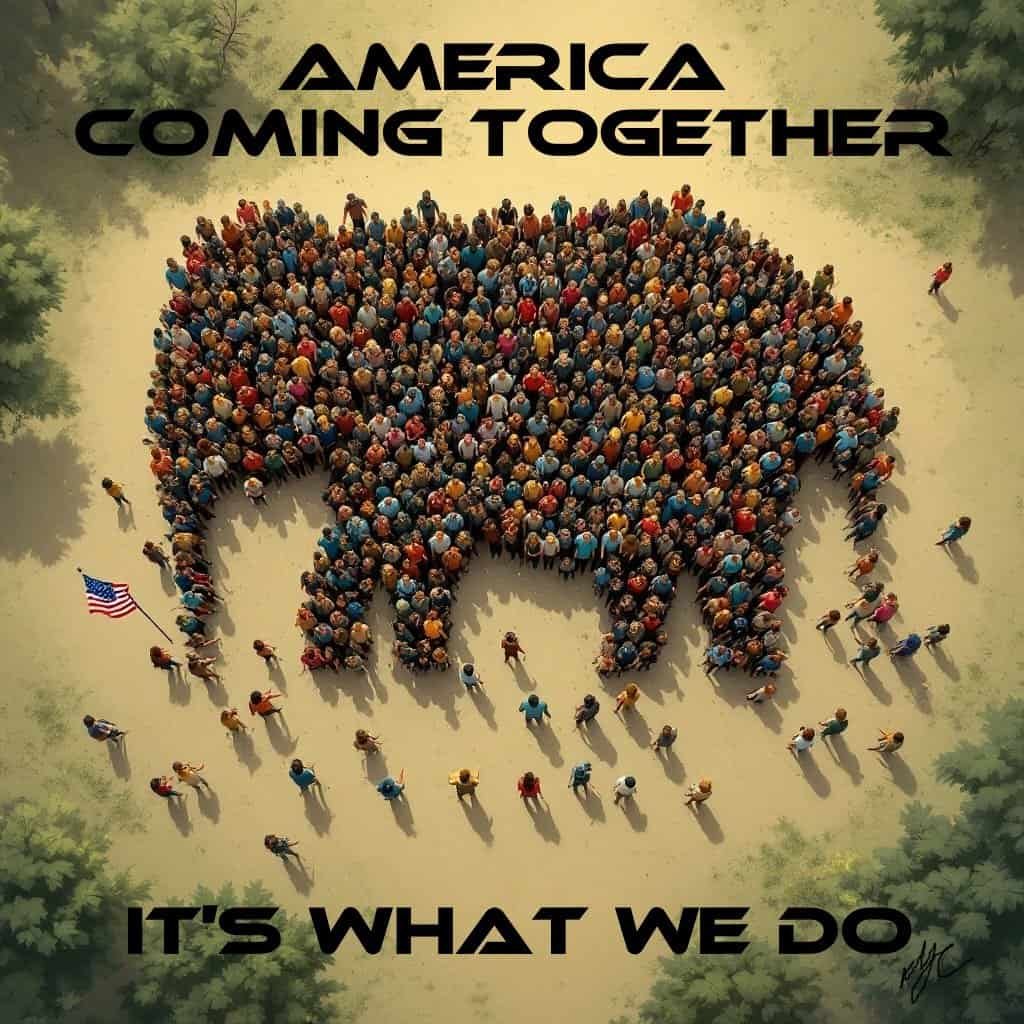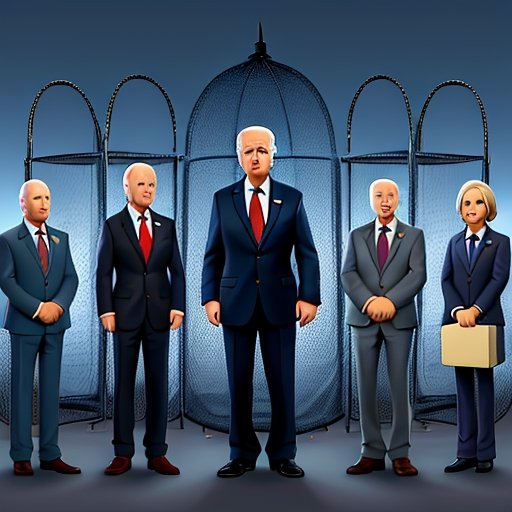Let’s roll up our sleeves and talk plainly about what just happened in America. The 2024 election wasn’t some meteor strike—random, unexplainable, and isolated. No, it was the tectonic culmination of years of growing discontent, shifting priorities, and a population deciding that it was time for a different approach. If you’re looking for a blueprint of how a nation shifts its mood, buckle up. This isn’t just about ballots and slogans—it’s about the story behind them.
2024: A Year of Discontent
Picture this: 2024 rolls in, and it feels like the air is heavy with frustration. People are looking at their grocery bills, their gas pumps, and their 401(k)s with furrowed brows. Inflation isn’t just a buzzword—it’s a reality they feel every day. Confidence in the economy was way down from a near-neutral back in 2016. Think about that for a moment. It’s like a leaky roof that’s been patched and re-patched until the whole thing caves in. By the time November arrived, voters weren’t just unhappy—they were downright angry.
Add to this the fact that only 26% of Americans were satisfied with the direction of the country, and you start to see the problem. Dissatisfaction wasn’t confined to any one demographic. Across towns, suburbs, and cities, people shared a common refrain: “This isn’t working.”
Public Opinion on Country’s Direction
Wrong Direction
Data as of November 2024
Key Issues at the Forefront
When you ask Americans what keeps them up at night, their answers in 2024 were strikingly clear: the economy, immigration, government dysfunction, and inflation. These weren’t abstract ideas—they were deeply personal. Forty-eight percent of voters said Republicans were better suited to handle these issues, and it showed at the ballot box.
Immigration surged as a hot topic. For years, people have been debating borders, policies, and what it means to be a nation of laws versus a nation of compassion. But in 2024, immigration was no longer a theoretical argument—it was a crisis many felt was out of control.
The government itself—the very institution meant to solve these problems—ranked high on voters’ frustration list. The irony isn’t lost on anyone. The system designed to serve the people had become, in many eyes, the problem itself.
And then there was inflation. It’s one thing to hear about rising prices in a headline. It’s another to see your paycheck stretched thinner every month. People don’t need economists to explain that when your dollars don’t go as far, something’s wrong.
The Republican Edge
Here’s where the rubber meets the road. For decades, Democrats led in party identification, but 2024 marked a turning point. Forty-eight percent of voters identified as Republican or Republican-leaning, edging out Democrats at 45%. This wasn’t a sudden shift but the result of years of erosion in trust, confidence, and alignment with the Democrat platform.
The Republican message in 2024 was simple: “We hear you.” Whether it was Trump speaking directly to voters via social media or candidates hammering home the issues in town halls, there was a clear effort to bypass traditional media filters and connect with everyday Americans. It worked. Trump’s directness—once a liability for some—became a strength for others, especially as voters weighed their options.
On the flip side, concerns about Trump’s character—once a major sticking point—seemed less urgent. Voters placed a higher premium on qualities like decisiveness and getting things done. Meanwhile, Vice President Kamala Harris, the Democrat nominee, led in word salad and struggled to convince voters that she could navigate the nation through its challenges.
Republican Economic Strategy
- Lower Taxes → Increased Investment
- Increased Investment → Job Creation
- Job Creation → Higher Wages
- Higher Wages → Economic Growth
Redrawing the Map
The electoral map speaks volumes of the newfound Republican momentum: over 90% of counties shifted towards Trump compared to the previous election. What began as a fight for the presidency swelled into a broader Republican resurgence reclaiming the Senate, bolstering House control, and amplifying GOP presence in state legislatures. The underlying sentiment was a rebuke of the Democrats, shouldering the blame for the country’s dissatisfaction.
This wasn’t just a Republican versus Democrat contest; it was America searching for its essence, already cemented with historical importance. It’s about a country unified in saying they’d had enough—demanding not perfect solutions but change.
A New Journey Begins
This election wasn’t just about Republicans versus Democrats. It was about a nation grappling with its identity, priorities, and future. Americans were tired—not just of policies, but of feeling unheard. They weren’t looking for perfection; they were looking for action.
Trump’s victory may grab the headlines, but the story behind it is about millions of Americans who decided they’d had enough. They voted not just for a person or a party but for a change in direction. Now, a Trump second term will tell whether that change is delivered, but one thing is clear: in 2024, the nation’s mood spoke loud and clear.
So, let’s move forward, sleeves rolled up, ready to face whatever comes next. That’s the American way, isn’t it?






